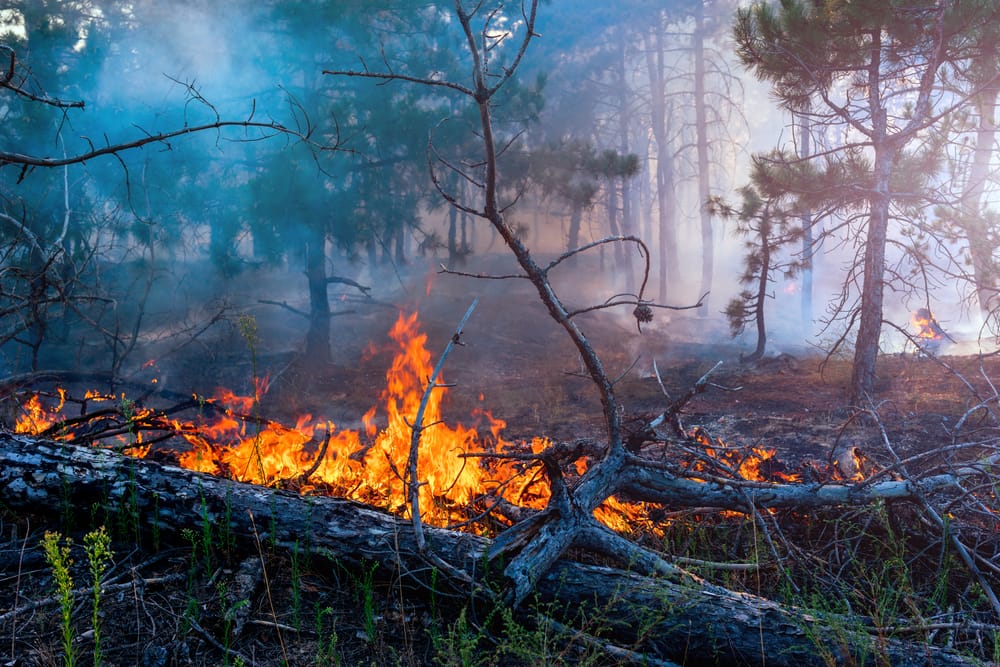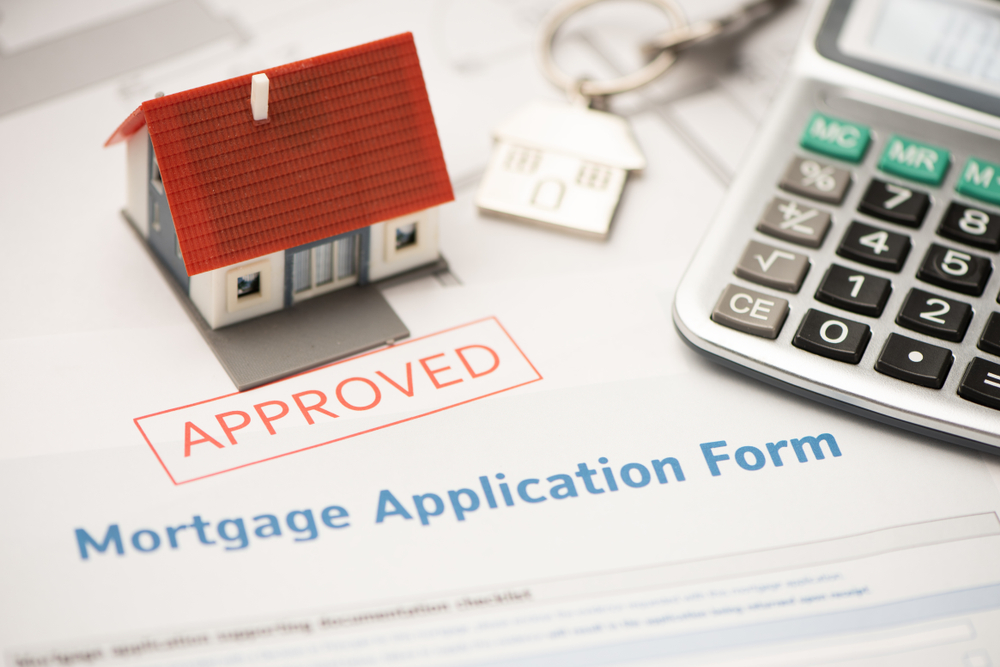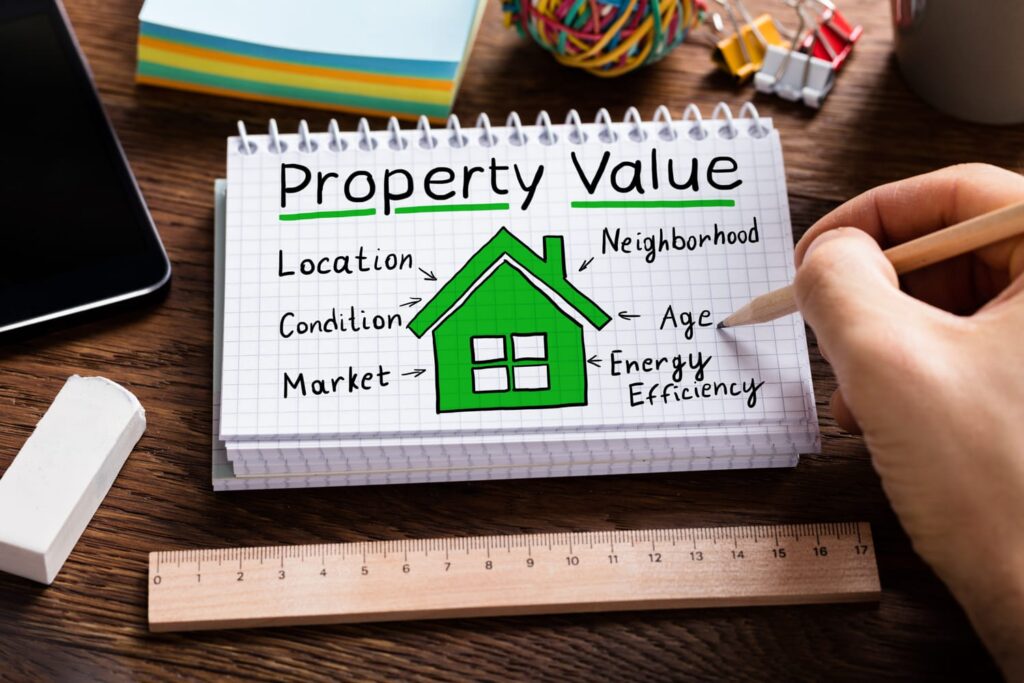As a prudent home buyer navigating the multifaceted real estate ecosystem, you juggle a myriad of pivotal documents. Many reports and forms demand review before moving into your dream home. One vital report frequently overlooked by buyers is the Natural Hazards Disclosure (NHD) declaration.
We really want buyers to understand why the NHD report matters so much. It contains key details about potential risks tied to the property’s location. This is super-important stuff when you’re planning to plunk down a huge chunk of change on a house or property! What’s actually in this mysterious NHD form that can impact your purchase powerfully? Let us walk you through everything it discloses.
Knowledge is power, especially when investing in the biggest purchase of your life! The NHD reveals the complete hazard profile of that dream home and tells you what you’re getting into. We will decode it piece by piece so you can make an informed decision with your eyes wide open.
Decoding the Natural Hazards Disclosure Report
The Natural Hazards Disclosure document extensively delineates potential environmental hazards or risks affiliated with a property’s geographic placement. These encompass a diverse catalog of natural threats permeating the immediate environs that could adversely impinge on the real estate asset’s safety, valuation, insurability, and your equanimity as a homeowner.
Mandated under California statutes, licensed realtors and sellers are obligated to furnish the NHD form to property buyers during contractual negotiations. The descriptive report systematically discloses the property’s susceptibility to an inventory of natural calamities including earthquakes, floods, wildfires, tsunamis, landslides, and even obscure hazards like volcanic eruptions.
Armed with NHD revelations, you can judiciously evaluate if enumerated perils pose excess exposure, warranting implementation of requisite safeguards, or potentially explore alternative options if cumulative risks surmount acceptable comfort thresholds.
The Anatomy of a Natural Hazards Disclosure Report
Let’s dissect pivotal segments that characterize these reports:
Seismic & Earthquake Hazard Zones
This section delineates the property’s proximity to active earthquake faults, secondary seismic hot zones, or domains historically vulnerable to recurrent tremors. Perceptiveness of seismic risks aids realistic appraisal of potential structural damages should intensive quakes transpire.
It also clues homeowners to reinforce building codes for resilience. For example, discovery that the property lies a mere 500 feet from traces of the Hayward Fault equips buyers with imperative data to retrofit, secure contents or prepare contingency arrangements in the eventuality of a disruptive seismic episode.
Flood Hazard Zones
The NHD precisely indicates whether the property resides in federally designated floodplains, 100/500 year inundation zones demarcating statistical frequencies for flooding episodes, or regions with antecedents of flash floods. Flood zone classifications hold monumental relevance for subsidized flood insurance eligibility and gauging inundation risks innate to the locale.
As an illustration, revealing that the property intersects a 100-year flood plain signals a 1% annual probability of floods. This suggests extra insurance expenses but also motivates flood-proofing defensive improvements.
State Fire Hazard Zones
Wildfires are intensifying threats, hence NHDs identify tracts and adjacent terrain with elevated wildfire risk. Fire zone awareness is indispensable for securing adequate homeowner insurance and conceiving property hardening plus fire-safety contingencies if warranted.
For instance, covering that terrain around the premises suffered wildfire damage recently cues owners to establish irrigated fire breaks, outfit buildings with ember-resistant vents and craft evacuation plans ahead of fire season.
Tsunami Inundation Areas
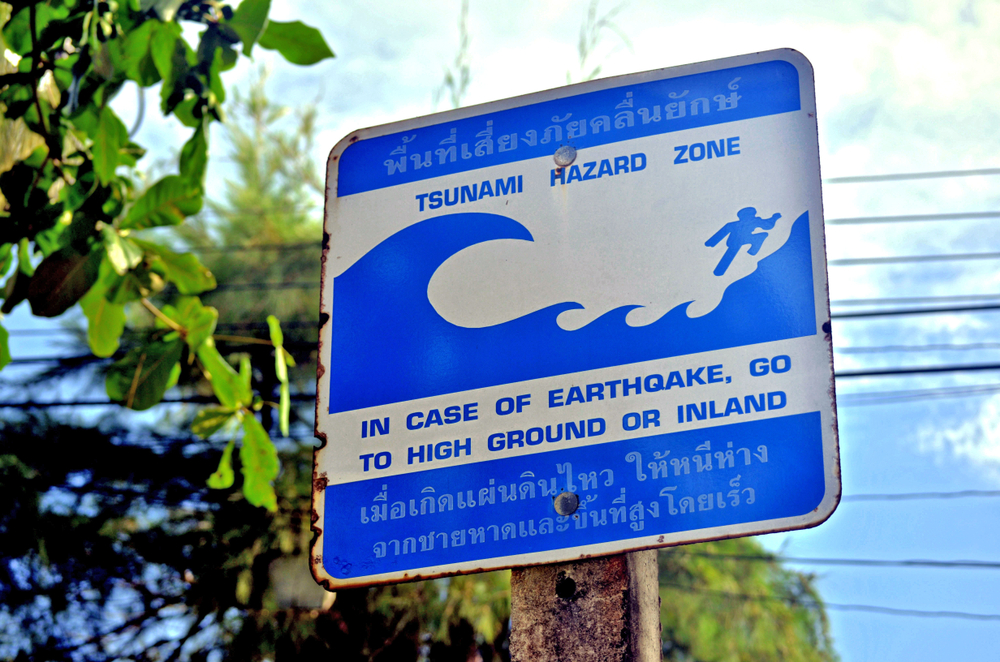
For coastal properties, the NHD reveals whether the real estate asset overlaps mapped tsunami vulnerability zones. This vital foreknowledge equips you to judiciously gauge risks posed by these sporadic but devastating oceanic hazards.
Knowing the property falls inside tsunami evacuation boundaries would prompt preparations like maintaining a disaster supply kit and designing evacuation routes to higher elevation out of potential tsunami pathways.
Landslide & Liquefaction Hot Zones
In domains with geological instabilities, the NHD flags locales and vicinities historically debilitated by landslides or susceptible to liquefaction during earthquakes due to saturated sandy soils.
Recognizing the area as prone to rainfall-induced landslides might discourage purchase or activate stabilization projects like retaining walls or deep foundations to reduce slide risks.
The NHD Report Empowers & Informs Home Buyers
- Risk-Awareness to Guide Safety Decisions – Accurately deciphering peril likelihoods promotes safety by steering ideal property selection and spurring defensive measures that furnish protection should disasters transpire.
- Realistic Insurance Evaluation – Because insurers levy premiums aligned to risks, NHD insights assist pragmatic analysis of prospective home insurance costs relative to hazards within the setting.
- Equitable Value Assessment – Factoring in vulnerabilities that erode habitability or amplify damages assists buyers to justly negotiate prices based on limitations that natural hazards impose.
When committing to sizable real estate investments, the NHD report remains an indispensable risk revelation tool that warrants priority review by prudent property buyers.
While aesthetic allure tugs at your emotions, objectively evaluating a home’s drawbacks tied to geography-linked natural hazards deserves equal significance in your decision making.
Stay informed, diligently empowered, and let Realoq guide your navigation towards sensible realty investments!
Natural Hazard Examples
- Property residing inside a Tsunami Inundation Zone requires emergency contingency planning and availability of vertical evacuation sites.
- Homes adjoining Federally Designated Floodways warrant flood insurance, elevation on piles, flood barriers, or possible drainage upgrades.
- Sites adjoining Very High Fire Zones necessitate prudent brush clearance, fire-resistant building materials, and dual-paned windows to reduce risks.
- Buildings nearby confirmed Alquist-Priolo Earthquake Fault Traces should consider seismic retrofits and structural reinforcements to ameliorate quake damages.
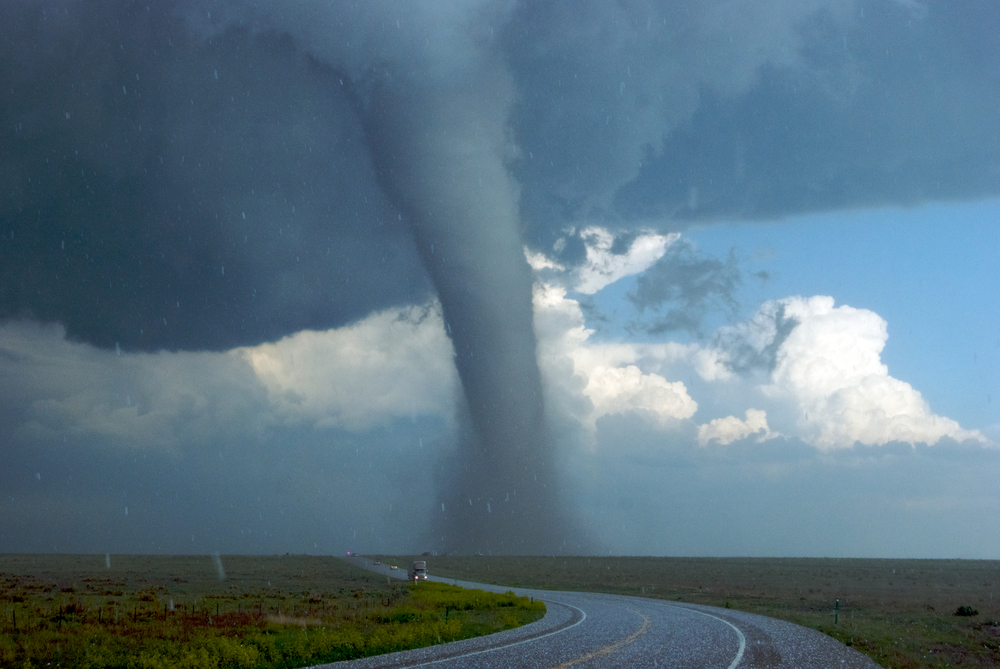
Natural Hazard Disclosure Reports Frequently Asked Questions
Who pays for the Natural Hazard Disclosure report?
Per California law, sellers shoulder obligations to procure and provide the NHD form to buyer parties. While buyers technically may order their own reports, the seller-furnished report suffices for state mandatory disclosure compliance.
What is the Natural Hazard Disclosure Act in California?
The Natural Hazard Disclosure Act mandates California sellers divulge known neighborhood natural hazards to prospective buyers via the NHD report. Sellers often rely on specialized information service bureaus that research public hazards databases to compile these disclosures for a modest fee.
What information would a Natural Hazard Disclosure report normally exclude?
While extensively detailed, NHD reports cannot foresee emergent hazards or disasters spawned by exceptional events lying absent historical precedents within the region that preclude probability modeling. Illustrations may include unprecedented meteorological incidents that catalyze floods or landslides intensified by climate change shifts.
Where can home buyers obtain a Natural Hazard Disclosure report?
Home buyers seeking enhanced risk insights can independently secure a NHD evaluation from reputable California disclosure firms that furnish property risk assessments directly to buyers for reasonable pricing scaled to report extensiveness. These user-specific reports deliver added transparency.
Where are Natural Hazard Disclosure reports mandated?
Beyond California, numerous other risk-exposed states also mandate NHD reporting including Oregon, Washington, Hawaii, New York, Rhode Island, Pennsylvania, Texas and more. The scale of reporting varies based on applicable state statutes.
How much does a customized NHD report typically cost home buyers?
For disclosure reports with comprehensive coverage, costs to buyers range from $100 to $150 per property depending on the location, research extent necessitated, and itemized risk assessments desired. Discounted rates may apply for multiple property risk profiling.
What is the chief purpose served by a Natural Hazard Disclosure report?
The core objective of legally obligated Natural Hazard Disclosure reports is to formally apprise home buyers of all bona fide property risks affiliated with the locale’s innate hazard exposures. This enlightens buyers to make optimal risk-aware decisions and equip homes with protective safeguards where beneficial.
Contact Realoq for National Hazards Disclosure Assistance
The Natural Hazards Disclosure report offers a valuable window into the potential risks stemming from Mother Nature herself that may be affiliated with your dream home and surrounding property.
While no location is free from all natural threats, insight on property-specific vulnerabilities empowers smart preparation to mitigate risks where feasible. Disclosures also enable equitable pricing discussions to counterbalance any detracting factors that surface.
Keep in mind that the NHD itself is simply a starting point for deeper buyer awareness and education. It is not an automatic deal-breaker if some hazards emerge unexpectedly! We encourage working closely with your trusted Realoq real estate advisor to understand risks in proper context as they relate to your priorities.
Leverage our localized expertise to map out pragmatic protection plans. You will enjoy peace of mind against disclosed natural perils without necessarily sacrificing your realty aspirations! Knowledgeable guidance makes home buying less daunting. Set the stage for responsible property preparations tailored to the unique needs of your household.
As your trusted real estate guide, allow Realoq to equip you with clarity on NHD particulars. This knowledge will enable you to make smarter, empowered decisions amid your essential home shopping journey! Reach out anytime to speak with one of our friendly, neighborhood Realoq agents. You can count on personalized assistance decoding the natural hazards disclosure and crafting an insightful property plan customized for your objectives and risk temperament. Here’s to your future home sweet home!
